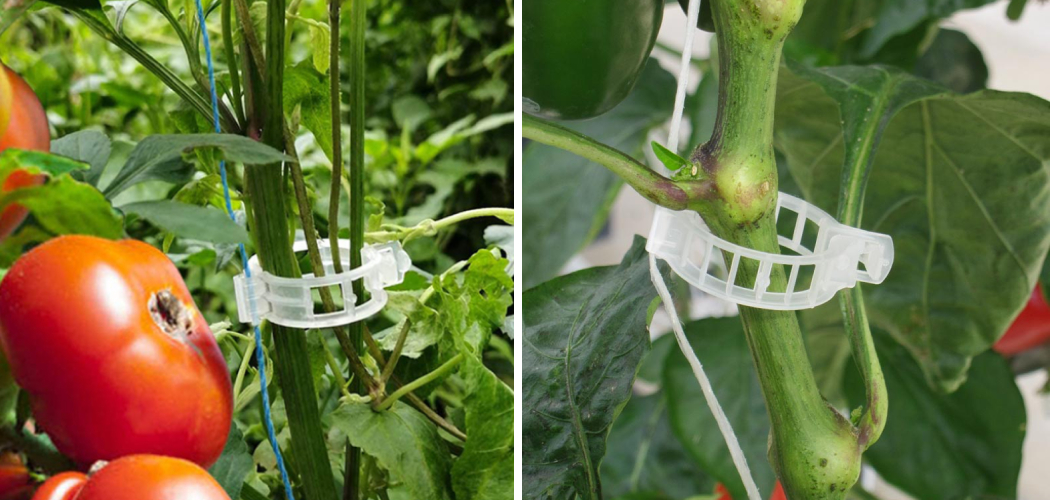Gardening is a rewarding and enjoyable hobby that allows you to connect with nature and witness the beauty of life unfold before your eyes. However, it can also be challenging, especially when you need to keep your plants neatly arranged and supported to help them grow and flourish.
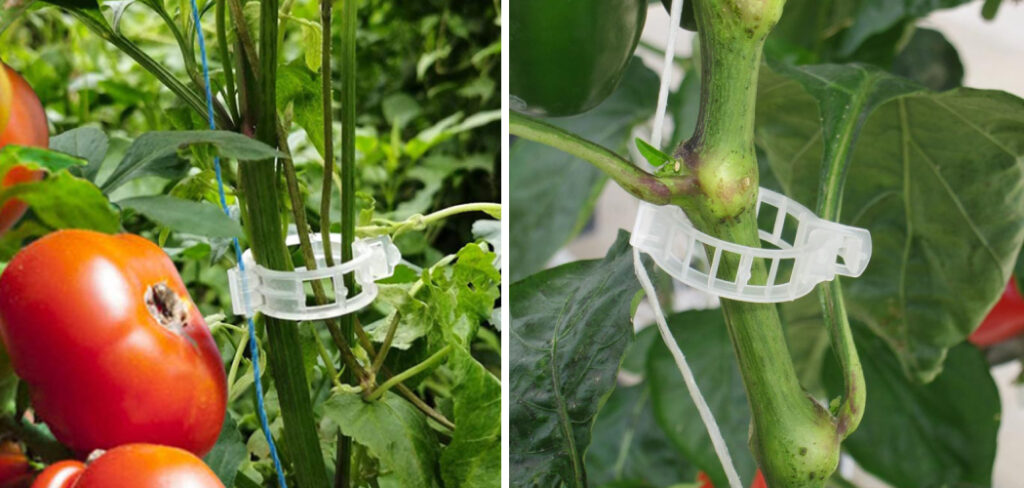
Fortunately, plant clips offer an easy and affordable solution to this problem. Whether you’re a seasoned gardener or a beginner looking to get started, this article will guide you on how to use plant clips for successful gardening.
Can You Use Plant Clips?
Gardening enthusiasts are always looking for ways to simplify their work without compromising quality. Plant clips are an innovative tool that can make a world of difference to your garden. With the help of these tiny clips, you can secure your plants without damaging the stems or leaves.
They are versatile and can be used for various types of plants, including vegetables, flowers, and small shrubs. The best part is that they are easy to install and remove, so you don’t have to spend hours working in the garden. With plant clips, you can take your gardening game to the next level and enjoy a more beautiful and healthy garden.
Why Should You Use Plant Clips?
Plant clips are a valuable tool for any green thumb. These small plastic clips help secure your plants to support stakes, preventing them from falling over and damaging their stems. Not only do they offer physical support, but they can also aid in the growth of your plants. By holding your plant in place, plant clips allow for even sunlight exposure, promoting stronger, healthier growth.
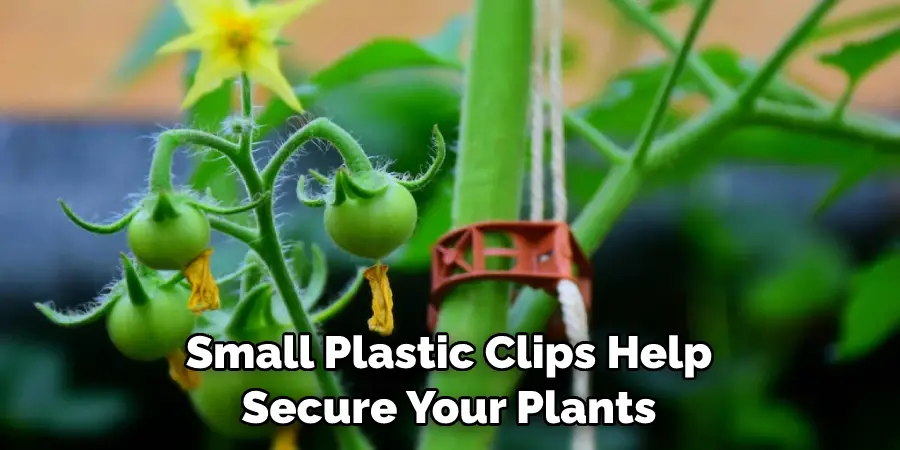
Using plant clips can also save time and effort, eliminating the need for constant readjustments and maintenance. Overall, incorporating plant clips into your gardening routine can lead to healthier, more productive plants. Give them a try and see the difference for yourself.
A Beginner’s Guide on How to Use Plant Clips for Successful Gardening
1. Understanding the Types of Plant Clips
Plant clips are small, easy-to-use tools that help secure your plants to stakes, trellises, or wires. They come in different shapes, materials, and designs, each serving a different purpose. For instance, soft wire clips are gentle on delicate stems and prevent damage to plants.
Rigid plastic clips, on the other hand, are great for holding larger plants and branches in place. Determine the type of plant clip that best suits your needs based on the size and type of plant you’re growing.
2. Selecting the Right Spot to Clip Your Plants
The location of the plant clip is paramount to the successful growth of your plants. Generally, the ideal position for a plant clip is above a branch or stem node. This area contains tissues that are capable of growing new shoots, leaves, and flowers, which are essential for the plant’s overall growth and development. Ensure that you clip the plant at the right angle to prevent damage and allow room for growth.
3. Properly Clipping Your Plants
When it comes to clipping your plants, the technique matters. Start by placing the clip gently around the stem, ensuring that it doesn’t crush or injure any part of the plant. Tighten the clip snugly but not too tightly to prevent the stem from bending or breaking. Avoid clipping the stem too low to allow adequate air circulation and prevent rot and disease.
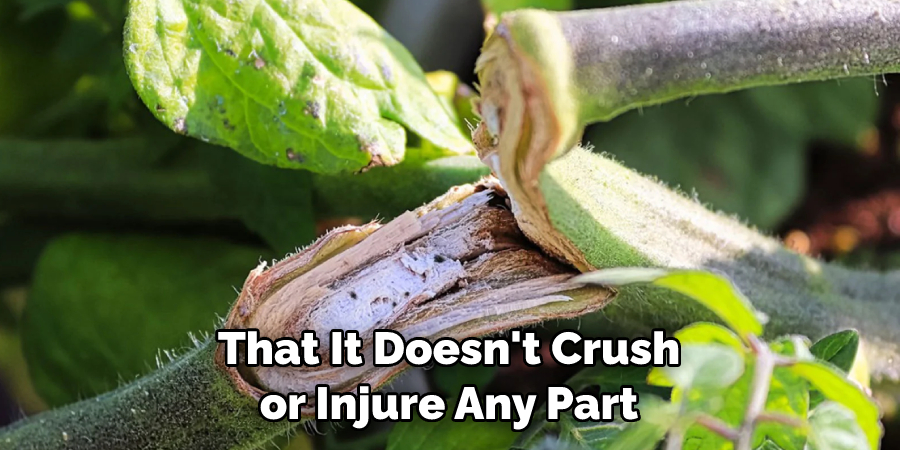
4. Maintaining Your Clipped Plants
Once you’ve clipped your plants, staying on top of maintenance is essential to ensure that they remain healthy and vibrant. Check on your plants regularly and adjust the clips as necessary, especially as they grow and develop new leaves and branches. You may also need to prune any dead or damaged areas regularly to prevent infection and disease. Additionally, keep the area surrounding the plants clean and free from debris to promote healthy growth.
5. Taking Care of Your Plant Clips
Your plant clips will last longer if you take the time to clean and maintain them regularly. Remove dirt, rust, and other residue from the clips with a soft cloth or brush, and use oil to lubricate any moving parts. Additionally, store your clips in a dry place away from direct sunlight to prevent corrosion.
6. Disposing of Plant Clips Properly
When it comes to disposing of plant clips, you should always use caution and follow proper disposal methods. If the clip is made out of metal, avoid throwing it in the garbage, as this could cause environmental contamination. Instead, recycle your clips at a designated collection center or contact your local waste management facility for more information.
7. Seeking Professional Advice
If you’re unsure how to clip your plants or maintain your clips properly, it’s best to seek advice from a qualified professional. They can guide the most appropriate way to secure and support your plants, as well as troubleshooting tips for any issues. With their help, you’ll be able to ensure that your plants get the best support possible.
Following these tips can help you make the most of your plant clips and achieve healthy, vibrant results. With some patience and practice, you can clip your plants like a pro!
5 Considerations Things When You Need to Use Plant Clips
1. Size
When selecting plant clips, size is an important consideration. The clip should be large enough to securely hold the stem of the plant but small enough to not damage or restrict growth. Additionally, it is important to choose a clip that is the appropriate size for the type of plant you are working with; larger plants will require larger clips than smaller plants.
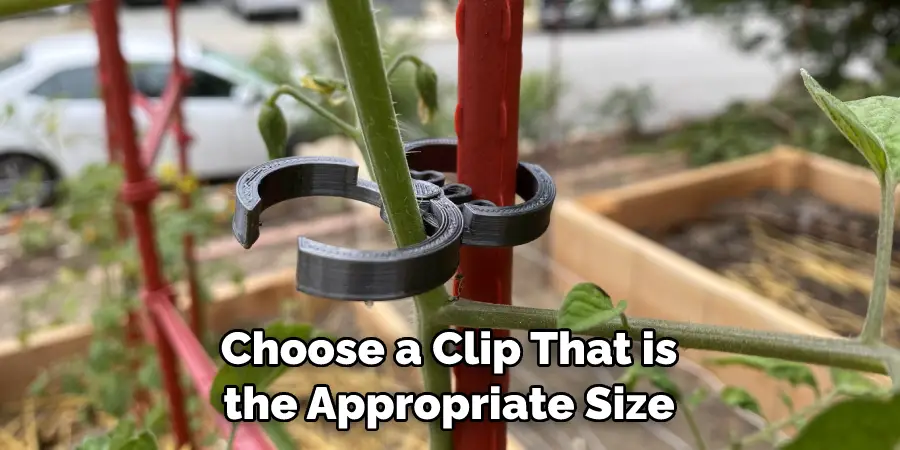
2. Material
The material of the clip is also an important factor when selecting a clip for your plants. Most plant clips are made from plastic, metal, or wire. Plastic clips are more flexible and easier to use, while metal and wire clips are more durable and can withstand more wear and tear over time.
3. Strength
Another factor to consider when selecting a plant clip is its strength. Stronger clips can better hold heavier plants without breaking or becoming loose over time. Also, stronger clips will last longer and won’t need to be replaced as often as weaker ones.
4. Design
It is also important to consider the design of the clip when making your selection. Some designs feature a single opening at one end for attaching the plant stem. In contrast, others have two openings at either end for attaching multiple stems in a bundle or bouquet formation.
Additionally, some designs feature adjustable tension settings to customize how tightly or loosely you want your plants secured in place.
5. Cost
Finally, cost is another factor that should be taken into account when selecting a plant clip for your needs. Generally speaking, higher-quality clips tend to be more expensive than lower-quality ones; however, they may last longer and provide better support for your plants in the long run so it may be worth investing in a higher-quality product if possible.
5 Benefits of Using Plant Clips
1. Easy Installation
Plant clips are a great way to easily install plants in your garden or landscape. The clips come in a variety of sizes and shapes, making them easy to use on any plant. They also come with instructions for installation, so you can be sure your plants will be securely attached to whatever surface you use. The clips are also made from durable materials, ensuring they will last for many years.
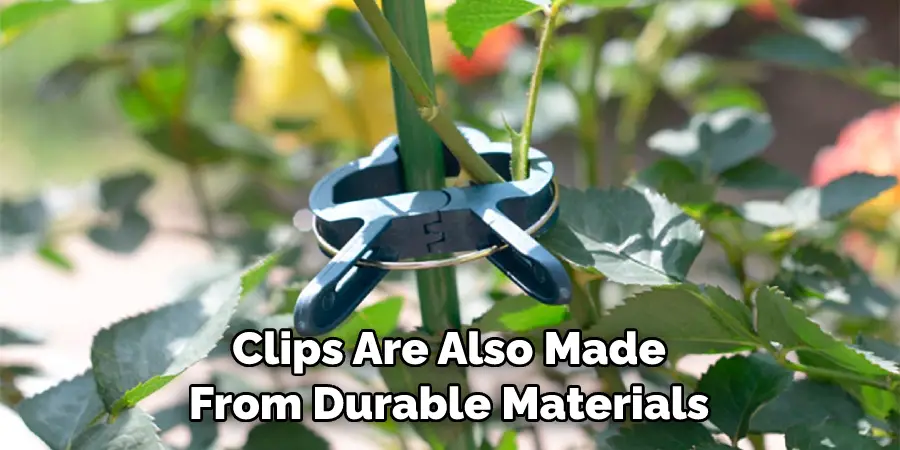
2. Increased Plant Health
Using plant clips can help improve the health of your plants by providing them with a secure base and preventing them from becoming uprooted or damaged during strong winds or storms. The clips also help keep the roots of the plants in place and provide additional support for their stems and branches. This helps ensure your plants have access to the nutrients they need to grow and thrive.
3. Improved Aesthetics
Using plant clips can also help improve the aesthetics of your garden or landscape by creating an organized look pleasing to the eye. The clips come in various colors and styles, so you can choose the ones that best match your decorating style and color scheme. Additionally, using plant clips allows you to create patterns with your plants, which adds an extra layer of visual interest to your outdoor space.
4. Cost Savings
Plant clips can also save you money in the long run as they are relatively inexpensive compared to other plant installation methods, such as stakes or trellises. Additionally, since they are designed for easy installation, you won’t need to hire someone else to install them for you, which would add additional costs to your project budget.
5. Versatility
Finally, plant clips offer versatility as they can be used on almost any plant, including trees, shrubs, perennials, annuals, vegetables, and even houseplants! This makes them ideal for large-scale projects, such as landscaping a yard or garden, and smaller projects, such as creating an indoor herb garden or hanging baskets filled with flowers on a balcony or patio area.
Conclusion
Using plant clips is a simple but effective way to maintain the health and vitality of your plants. Understanding the types of clips, choosing the right spot for clipping, using proper clipping techniques, and regular maintenance is key to successful gardening. With these tips, you can create a beautiful and thriving garden that will leave you feeling fulfilled and accomplished. So go ahead and give it a try – your plants will thank you for it! Thanks for reading our post about how to use plant clips.
You Can Check It Out to Store Rainwater for Plants
About
Outdoor Fixes is a distinguished figure in the world of Diy design, with a decade of expertise creating innovative and sustainable Diy solutions.
His professional focus lies in merging traditional craftsmanship with modern manufacturing techniques,
fostering designs that are both practical and environmentally conscious. As the author of diy,
outdoorfixes delves into the art and science of outdoorfixes-making, inspiring artisans and industry professionals alike.
Education RMIT University
(Melbourne, Australia) Associate Degree in Design (Outdoor Fixes) Focus on sustainable design, industry-driven projects,
and practical craftsmanship. Gained hands-on experience with traditional and digital manufacturing tools, such as CAD and CNC software.
Nottingham Trent University
(United Kingdom) Bachelor’s in outdoorfixes.com and Product Design (Honors) Specialized in product design with a focus on blending creativity with production
techniques. Participated in industry projects, working with companies like John Lewis and Vitsoe to gain real-world insights.
Publications and Impact
In diy, Outdoor Fixes his insights on indoor design processes, materials, and strategies for efficient production.
His writing bridges the gap between artisan knowledge and modern industry needs, making it a must-read for both budding designers and seasoned professionals.

